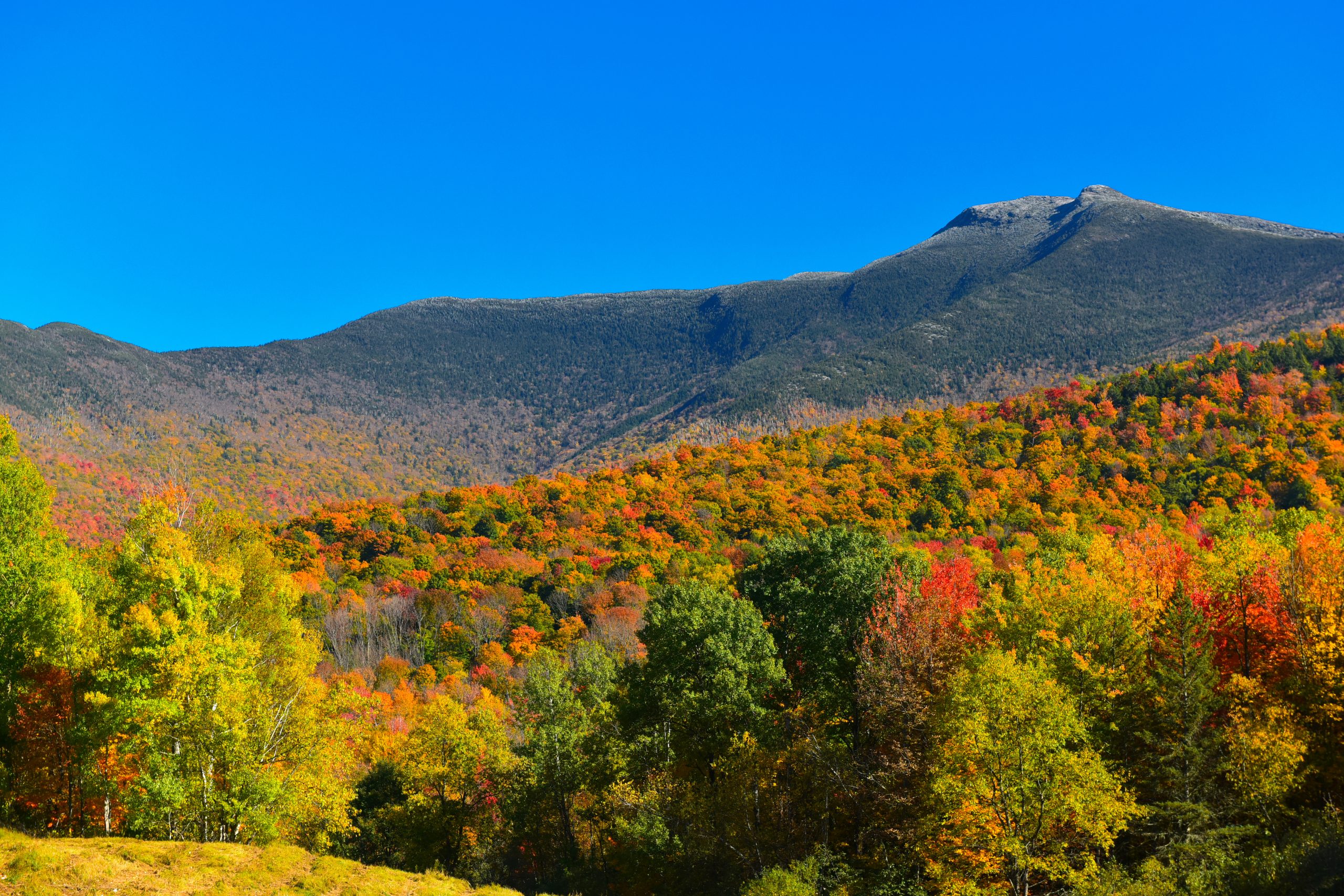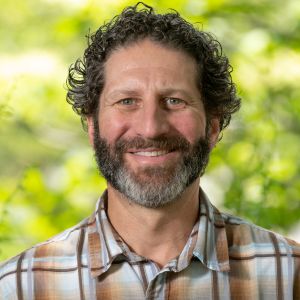Healthy Forests and Wildlife
While Vermont is a heavily forested state with 75% of its land-base covered by forests, this is not the whole story. A closer look reveals that our forests are being converted and fragmented by rural sprawl. An estimated 12,469 acres of forestland is being converted to development on an annual basis.[1] At this rate, more than 300,000 acres of forestland could be lost by 2050.
Forest loss poses a significant threat to our ability to withstand floods, the functioning of natural ecosystems and working lands, and our water quality.
[1] USDA Forest Service. 2021 Forests of Vermont, 2020. Resource Update FS-227. Madison, WI: U.S. Department of Agriculture, Forest Service. 2p. https://doi.org/10.2737/FS-RU-337.
explore more
Forests provide the largest source of carbon sequestration and storage in the state. An analysis conducted for the Vermont Climate Council indicates that we have seen a steady decline in sequestration. If that trend continues, the state will not meet the Global Warming Solutions Act’s net zero target by 2050 even if the 2025 and 2030 emission reduction targets are achieved.[1]
Furthermore, Vermont’s ability to maintain a resilient landscape is directly tied to maintaining the biodiversity that supports all life, especially in a changing climate. According to the 2021 VT Climate Assessment, 92 bird species in Vermont, including the hermit thrush and the common loon, are expected to disappear from Vermont within the next 25 years.[2]
Conceived of and convened by VNRC in 2006, the Forest Roundtable is a venue for the exchange of information relating to forest policy, and keeping Vermont’s forests as forests, with particular attention focused on addressing parcelization and forest fragmentation.
Participants have included conservation groups, consulting foresters, professional planners, government officials, landowner organizations, outdoor recreation and sporting interests, representatives from the forest products industry, legislators, staff from Vermont’s congressional delegation, and researchers and professors.

Forest roundtable
TAKE ACTION
2025 Legislative Priorities
Better Protect Biodiversity: In Vermont, more than 200 plant and animal species are listed under Vermont’s Threatened and Endangered Species Law. These species need conservation attention to improve their recovery prospects. We are calling on lawmakers to make strategic improvements to our endangered species law to enhance the overall ability of species to thrive in our state, and to examine ways to boost the recovery of listed species and prevent other species from declining.
Increase Climate Resilience through Infrastructure Investments and Conservation Policies: In light of recent catastrophic flooding, and increasing damage from storms and other weather events, we have an obligation to bolster the resilience of communities and increase funding for green infrastructure and nature-based solutions. This includes increased funding for conservation, stronger wetland protection and restoration policies, and statewide river corridor protections.
Fully Fund the Vermont Housing and Conservation Board: According to the long-established statutory formula, and grow investments in forest conservation and stewardship as called for in the Vermont Climate Action Plan (VCAP). These investments must include funding capacity at the Agency of Natural Resources and partner organizations to implement projects efficiently and effectively, manage robust data systems, meet perpetual stewardship obligations, and access Federal funds or matching funds.
Ensuring the robust implementation of Act 181 to better protect our forests, wildlife, and critical resource areas.
Supporting the Phase 2 implementation of Act 59 to develop a conservation plan with strategies to accelerate land conservation in Vermont, and maintain biodiversity, natural areas, working lands, and recreational areas.

Jamey Fidel
Vermont Natural Resources Council
Jamey has a B.S. in Environmental Studies and a Minor in Wildlife Biology from University of Vermont’s School of Natural Resources, and a J.D. and M.S. in Environmental Law from Vermont Law School. In his capacity at VNRC, he leads the legal program, and forest and wildlife programs, including the Forest Roundtable which is a quarterly meeting of diverse stakeholders focused on forest policy and forest management and conservation issues in Vermont. Jamey also works with communities across Vermont promoting planning, zoning, and non-regulatory strategies for forestland and wildlife habitat conservation. Jamey worked previously as Conservation Director of the Aspen Wilderness Workshop, Project Director of Public Counsel of the Rockies, and Biological Inventory Coordinator of Pitkin County, Colorado. He and his wife, Rachel, live in Waitsfield with their daughter Ayla and son Jude.
